#history kenya
Explore tagged Tumblr posts
Text
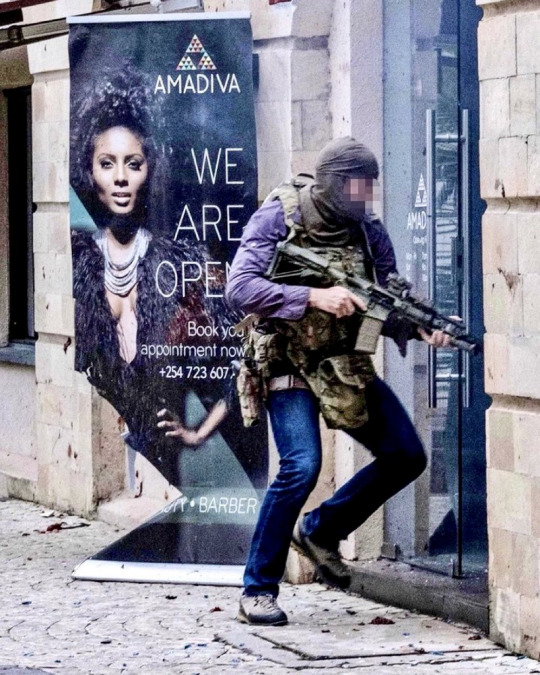
On January 15, 2019, lone SAS operator Christian Craighead enters the Dusit Hotel in Nairobi, Kenya, in respond to a terrorist attack. This famous photograph was seen on social media and major news outlets around the world.
Off-duty at the time, Craighead wore his combat gear over jeans and shirt when he entered the complex alone. He was able escort civilians to safety, then went back inside the hotel where he shot and killed two of the four al-Shabaab gunmen.
(Photo courtesy of AFP/Getty Images)
#christen craighead#sas#british sas#special air service#special forces#nairobi#kenya#terror attack#military#history
306 notes
·
View notes
Text
Ms. Kenya Moore aka the second black woman to win Miss USA in 1993 🖤
Detroit's very own.
Source
#detroit#detroit michigan#black tumblr#black women#black fashion#black history#black girls of tumblr#black hair#black art#theafroamericaine#nostalgia#black culture#culture#kenya moore#beauty pageant#pageantry#miss usa#90s#90s aesthetic#90s fashion#90s nostalgia#90s music#commercial#black girl thoughts#black girl aesthetic#black girl moodboard#black girl beauty#black girl magic#black pride#black people
76 notes
·
View notes
Text
38 notes
·
View notes
Text



In honor and memory of a woman who loved and wanted to preserve the planet. She courageously stood against the former oppressive regime in Kenya.
#Wangari Maathai#kenya#The Green Belt Movment#women's history month#women's history#women#black history#black women#environment#enviromentalism#environmetalists#theclassicsoflife#history
24 notes
·
View notes
Text

Adut Akech was born in Sudan (in an area that later became part of South Sudan), but was raised in Kakuma, Kenya. Akech was born on Christmas Day, on the way to Kenya. She was 7 years old when she moved from Kenya along with her mother to Adelaide, Australia as South Sudanese refugees seeking asylum. They also had relatives there. Akech has five siblings.
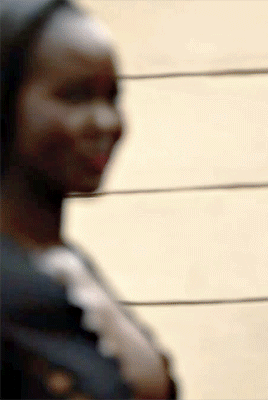
Akech was known as "Mary", her Christian second name in Adelaide, as Australian teachers found it difficult to pronounce her name.
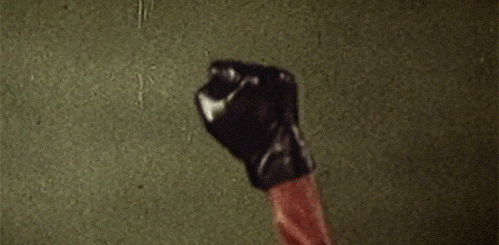
Be proud of African names, and stop falling into the trap of saying all African names are hard to pronounce. Like European names are easy
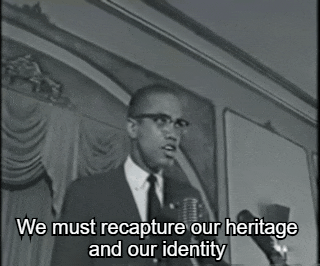
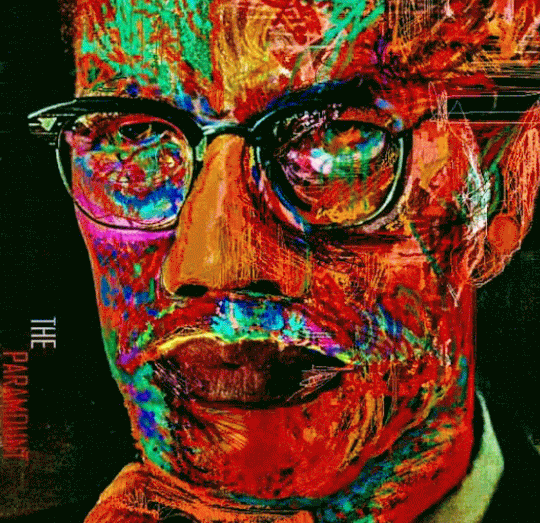
#adut#adut akech#sudan#ta seti#northeast africa#afrakan#kemetic dreams#africans#african#brown skin#brownskin#afrakans#african culture#afrakan spirituality#omowale#african names#african name#kenya#heritage#african heritage#african history#Adelaide#sydney#brisbane#melbourne#canberra#servicetasker#australia#austria#christian name
56 notes
·
View notes
Text

Portrait from the Rift Valley
Photographer: Lee Howell
33 notes
·
View notes
Text
A hat trick of Olympic gold medals in the 1500m in three straight Olympics, that’s history people. Remember the name. As a former distance runner, nothing but respect. I got pumped when I hit 4:58 in high school for our boys team. It’s not even close to what she’s done at 30 after giving birth. 🙌🏾

#tfd#faith kipyegon#kenya#olympics 2024#olympics#track#track and field#1500 meters#history#women’s history#women’s sports
18 notes
·
View notes
Text
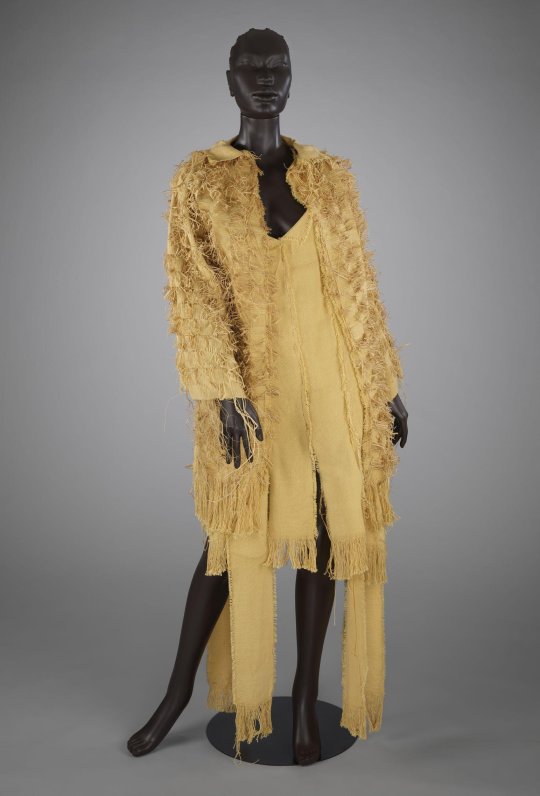
Chasing Evil
Bubu Ogisi for IAMISIGO (Kenya)
Autumn/Winter 2020
Bubu Ogisi founded womenswear brand IAMISIGO in 2009. Based between Lagos, Nairobi and Accra, Ogisi works with small artisan communities across the continent to create collections which spotlight a variety of indigenous textile traditions. Ogisi’s work explores the role of clothing as a vehicle for communication, noting, ‘Our work primarily focuses on how fashion and textiles can not only keep history alive but also pass on information for the future through preservation of techniques and expression through matter.’ Present throughout her work are ideas of rawness and anti-finishing, which Ogisi uses as a visible representation of anti-Eurocentrism.
This ensemble comes from IAMISIGO’s Autumn/Winter 2020 collection, ‘Chasing Evil’. The collection was centered around the Belgian exploitation of the Democratic Republic of the Congo at the turn of the 20th century, but also the colonial exploitation of Africa as a whole. Through the collection Oigisi wanted to explore how to overcome issues of post war trauma, post-colonial exploitation and neo-colonialism through fashion. Ogisi worked closely with war victims in Bukawa and Kinshasa to research the collection. Palm leaf raffia, sourced from the Congo and Nigeria, was a prominent feature in the collection, with Ogisi using it to visually reference forms of Congolese dress. The jacket from this ensemble is made from cotton with cut raffia woven into the warp. It is paired with a cotton dress and pink faux leopard slippers.
Victoria & Albert (Accession number: T.2338:1to4-2021)
#fashion#fashion history#african frashion#2020s#modern fashion#contemporary fashion#2020#kenya#fall#winter#21st century#victoria and albert#v and a
113 notes
·
View notes
Text
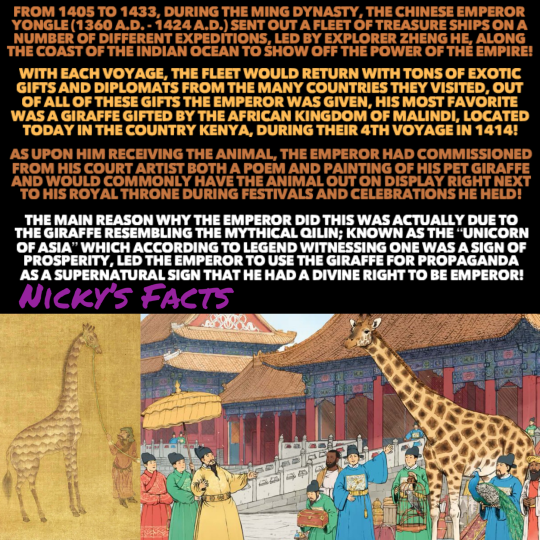
Another classic example of Giraffe diplomacy, works every time!
🇰🇪🦒🇨🇳
#history#giraffe#ming dynasty#emperor yongle#qilin#chinese history#malindi#zheng he#1400s#royalty#animal history#propaganda#age of discovery#exotic pets#mythical creatures#african history#kenya#diplomacy#historical figures#animals#ming china#royal history#cute animals#gifts#nickys facts
8 notes
·
View notes
Text

Elephant herds used to be so much larger. Photo by Peter Beard.
#africa#elephants#kenya#herd#poaching#1970s#1970s history#migratory#south africa#landscape#nature#wildlife#damn humans#savannah#self awareness#elephant memory#endangered species#ivory trade#habitat destruction#bread and circuses#evolution#conservation#tanzania#nambia
9 notes
·
View notes
Text
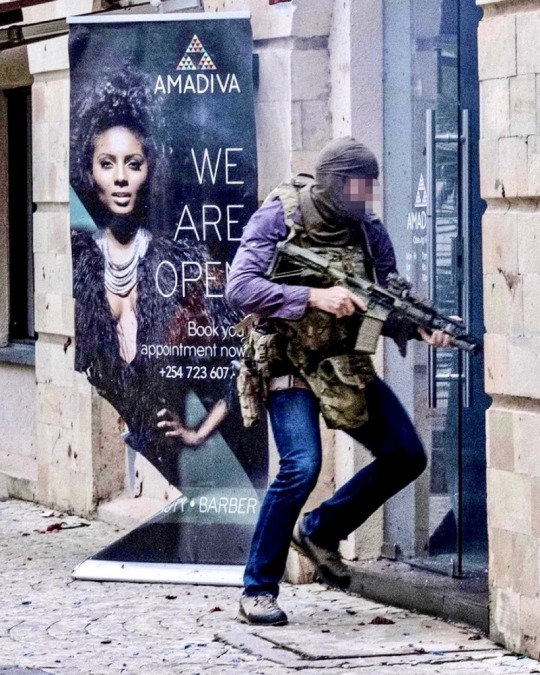
On January 15, 2019, lone SAS operator Christian Craighead, enters the Dusit Hotel in Nairobi, Kenya, in respond to a terrorist attack. This famous photograph was seen on social media and major news outlets around the world.
Off-duty at the time, Craighead wore his combat gear over jeans and shirt when he entered the complex alone. He was able escort civilians to safety, then went back inside the hotel where he shot and killed two of the four al-Shabaab gunmen.
(Photo courtesy of AFP/Getty Images)
711 notes
·
View notes
Text





#clocks#african culture#african#african american#south africa#ghana#kenya#african girl#african art#african history#african beauty
4 notes
·
View notes
Text







Beautiful African culture on full display!
It's Maa Cultural Week in Kenya 🇰🇪 , celebrating the vibrant heritage of the Maasai people through music, dance, art, and tradition.
#Myafrik
24 notes
·
View notes
Text

THE DEMONSTRATIONS THAT LASTED ELEVEN MONTHS and THE DAY MOTHERS STRIPPED NAKED.
On March 3rd 1992, mothers of the political prisoners stripped naked at Uhuru park to demand for the release of their sons caught in Moi's torture chambers.
Throughout the 1970s and 1980s, the political atmosphere in Kenya was characterized by brutal government repression and terror, under the de-facto single-party rule of President Daniel Arap Moi.
Any form of political dissension was swiftly met with government interrogation, detention, and torture, using the justification of the Public Order Act, the Chiefs Authority Act and the Sedition Law.
This resulted to the arrest, killing and exiling of many students, politicians, lawyers and journalists. Those arrested were tortured and thrown in prisons, some came back alive while others died in the torture chambers and prisons.
On Feb 28th, 1992, Mothers of Political Prisoners, aged between 60-80 years presented a Petition with a list of 52 political prisoners who had been imprisoned for perceived anti-government statements, ideas, and actions, to the then Attorney General, Amos Wako.
The mothers then proceeded to a now famous corner at the Uhuru Park in Nairobi for an undefined hunger strike. The mothers were supported & led by the late Nobel Laurent, Prof. Wangari Maathai who joined them in their protest, which was ignored by the mainstream media, KBC & KTN.
The mothers set up camp in the Uhuru (Freedom) Park that is located across the infamous “Nyayo House Torture Chambers” and not far off is the Parliament Building. There, they staged a hunger strike and waited for the release of their sons.
The striking mothers soon garnered much support for their cause. Several sympathizers set up a tent under which the mothers could sleep, and many frustrated Kenyans came forward and openly recounted their stories of torture.
These supporters joined in on the mothers’ singing of traditional Kenyan songs, which included such lyrics as, “Go and take the child back…” The mothers set up banners and handed out flyers to curious Kenyans as they continued their vigil.
On March 3rd, the Moi government decided to forcibly disperse the demonstrators. Government police forces beat protesters with batons, fired gunshots into the air, and hurled tear-gas into the tent where protesters were gathered.
Wangari Maathai who was criticized by President Daniel Arap Moi, being called a “madwoman” & “a threat to the order & security of the country”, was was beaten into the coma. This made it to the newspaper headlines, causing uproar across the nation and criticism internationally.
To ward off the police, two of the protesting mothers stripped their clothing and dared the police to kill them. They shouted “What kind of government is this that beats women! Kill us! Kill us now! We shall die with our children!”
Perhaps the mothers were inspired by the 1922 bravery actions of women led by Mary Muthoni Nyanjiru, who stormed a police station in Nairobi to demand the release of Harry Thuku. Men who had come along started retreating upon coming face to face with armed colonial police.
In disappointment, Nyanjiru stripped to shame the fleeing men, and asked them to give women their trousers since they were brave. The charged crowd overrun the police station, and Mary Nyanjiru was shot dead on that day. Her brave actions aroused people into active resistance.
Back to 1992, the police officers on seeing the nakedness of mothers in their 60s, responded by turning away and leaving the scene. According to Maathai, the tactic of disrobing was particularly effective in stopping the police because....
... “In the African tradition,people must respect women who are close to their mother’s age, & must treat them as their mothers. If men beat mothers,it is like sons violating their mothers, & the mothers respond by cursing them & they cursed them by showing them their nakedness.”
The news of the violent beatings of the mothers sparked riots all over Nairobi. Transportation workers boycotted their work in protest of the govt beating the mothers, & large crowds of stone-throwing demonstrators had to be dispersed by tear gas-firing riot police.
5 notes
·
View notes
Text

in the spirit of black history month & my book COOK LIKE YOUR ANCESTORS, the Sunnyvale library is hosting me for a virtual intuitive cooking demo <3
we'll discuss the relationship with food + memory, seed saving + survival, featuring black eyed peas + the afro-atlantic diaspora, all while cooking up some Kenyan kunde.
it's no cost, and the food is fully plant based. get your grocery list & sign up at: rb.gy/4bpoal
(this is saturday, so soak your peas now!)
#resources#food#demonstrations#cooking#recipe#kenya#africa#black history month#cook like your ancestors#history#diaspora#seeds#black eyed peas#event#invite
12 notes
·
View notes
Text
Discovering Namibia: A Traveler's Guide to the Jewel of the Desert
Are you ready to embark on an unforgettable journey through the heart of southern Africa? Namibia, a land of vast deserts, rugged coastlines, and diverse wildlife, beckons travelers with its untamed beauty and rich cultural heritage. In this comprehensive travel guide, we’ll delve into Namibia’s fascinating history, highlight its top attractions, and provide essential tips for planning your…
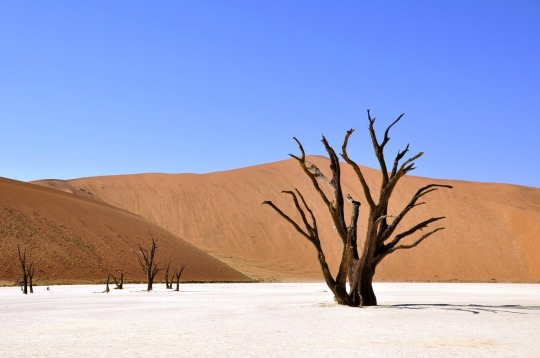
View On WordPress
#A Brief History of Namibia#adventure#africa#Are English and other languages widely spoken in Namibia?#beautiful cities in africa#best countries in africa#Big five in Namibia#destinations#Do I need a 4x4 vehicle to explore Namibia?#Education and Top Universities in Namibia#Etosha National Park:#europe#Fish River Canyon#Hosea kutako international airport#Is it safe to travel independently in Namibia?#Kalahari Desert#kenya#lionheartlrc#Namib desert#namibia#Namibia Practical Information for Travelers#Namibian Roads#norway#Otjiwarongo#places to visit in Africa#Skeleton Coast#Sossusvlei:#Swakopmund#technology#Top places to visit in Namibia
4 notes
·
View notes